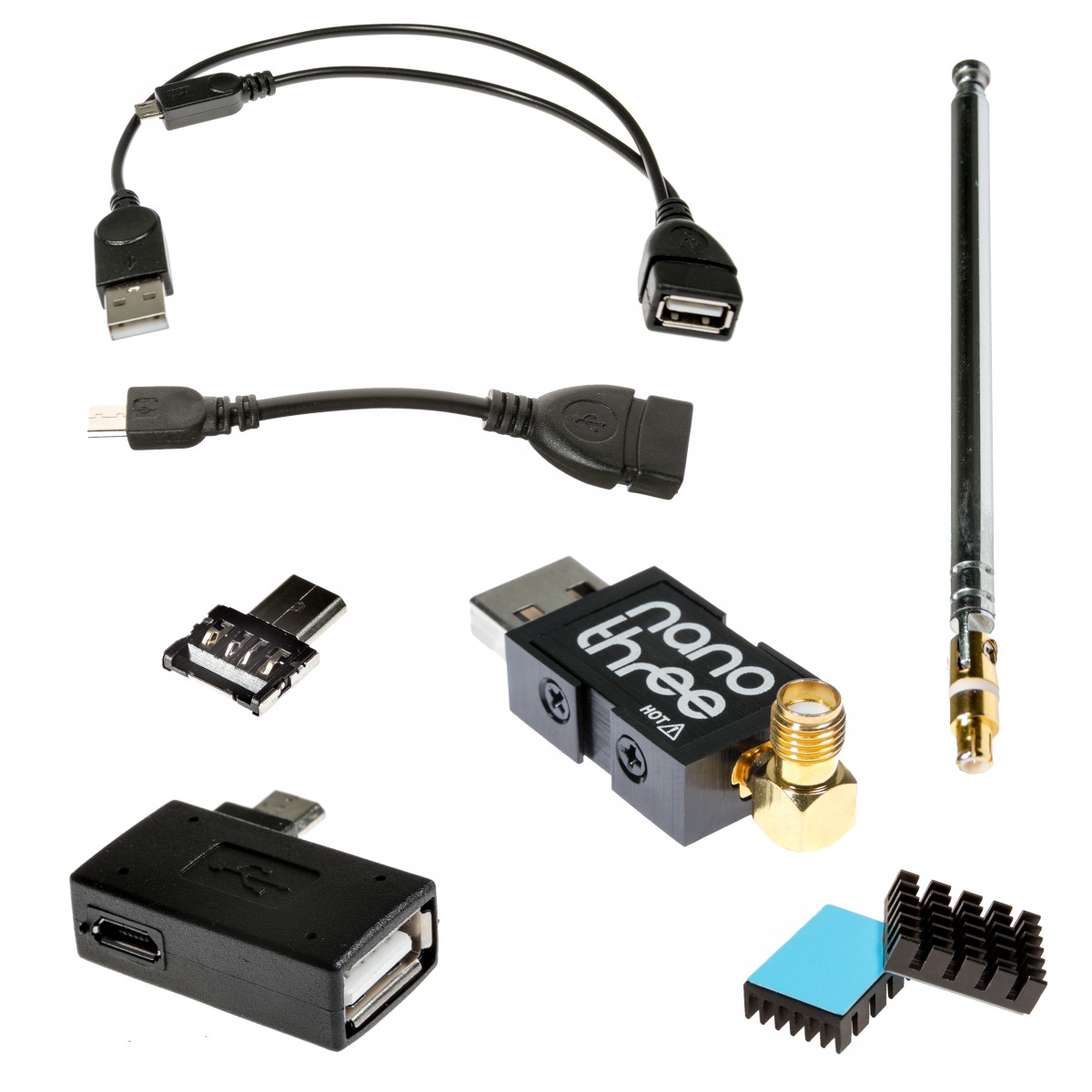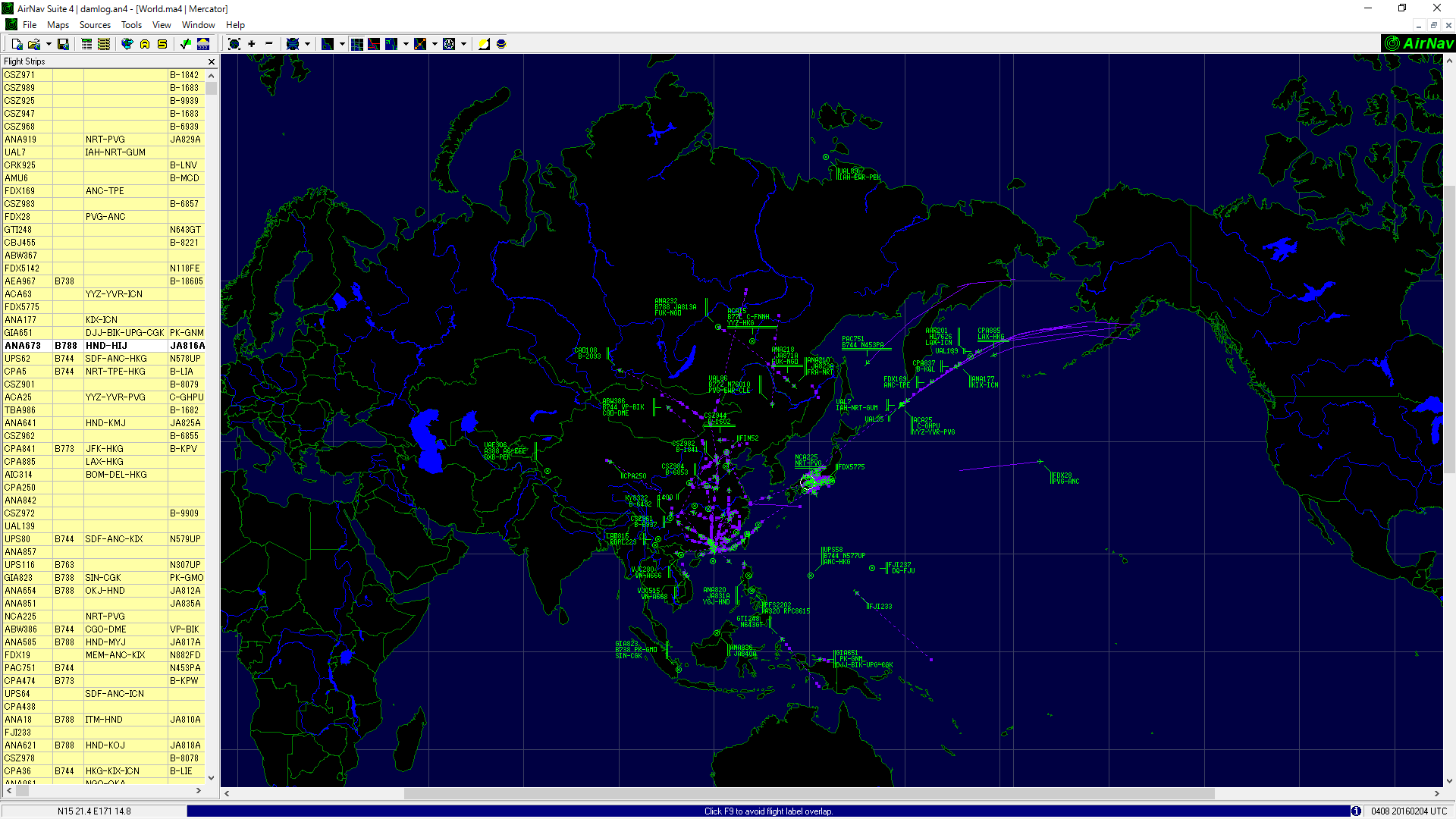

My second attempt was to simply take the ceramic filter out of an active GPS patch antenna and feed it with some electricity this is what you see in the figure below.ĩ0cm dish with modified GPS patch antennaĪccording to Dish gain calculator, an ideal 90 cm dish should produce 23 dB gain. Initially I tried making a helical antenna but due to my poor construction did not work very well. To receive the signal you need an antenna. To know which direction to point your antenna from wherever you are in the world, DishPointer I find handy.
...&%20Remote%20Control;%20Software%20Defined%20Radio,%20DVB-T%20and%20ADS-B%20Compatible,%20ESD%20Safe.jpg)
Alternatively for a more up-to-date list for Europe and the USA scroll down to the user contributed frequency list section. The list was last updated 2.5 years ago as a writing (December 2015) so things may have changed a little since then. For a list of satellites and locations see the L band frequency list. Despite the large distance the signals are surprisingly easy to receive. That means the signals are coming from about 40,000 km away, twice as far away as GPS satellites (20,000 km) and 100 times as far away as the international space station (400 km). The signals are transmitted on the L band around 1.5 GHz from geostationary satellites.
#PLANEPLOTTER LINUX MANUAL#
Using the manual I implemented a QDevice class to decode the bitstream, and with a few little tweaks here and there JAERO was born. I then read the manual a little more fully and realized yes indeed what they called A-BPSK is really just filtered MSK, this type of signal JMSK does very well with.Īfter that, things were fairly straightforward.

Without even reading the manual I modified JMSK to do 6 and to my astonishment it locked extremely well onto a sample signal I had been given. Initially I was quite doubtful because in the draft Aero protocol manual that can be freely obtained from ICAO ( International Civil Aviation Organization) called Part III – Inmarsat and MTSAT, calls the modulation scheme A-BPSK ( aeronautical binary phase shift keying) and JMSK demodulates MSK ( minimum shift keying) not BPSK ( binary phase shift keying). This program started when I was contacted by otti, a satellite monitoring enthusiast from Europe inquiring whether or not JMSK could be used to demodulate the 6 Aero signals. After the signals have been demodulated the ACARS messages are displayed. JAERO demodulates the two slowest speeds of 600 bps and 1200 bps as well as the faster rate of 10500 bps. There are different types of Classic Aero, the main difference being speed. The Classic Aero signals sent from satellites to the Aeroplanes are what JAERO demodulates and decodes. A quick search on the net using “Classic Aero MH370” will produce thousands of results. In the advent of MH370, Classic Aero has become a well-known name. Such signals are typically around 1.5Ghz and can be received with a simple low gain antenna that can be home brewed in a few hours in conjunction with a cheap RTL-SDR dongle. Demodulation is performed using the soundcard. JAERO is a program that demodulates and decodes Classic Aero ACARS ( Aircraft Communications Addressing and Reporting System) messages sent from satellites to Aeroplanes (SatCom ACARS) commonly used when Aeroplanes are beyond VHF range. JAERO A program to demodulate and decode Classic Aero SatCom ACARS signals


 0 kommentar(er)
0 kommentar(er)
